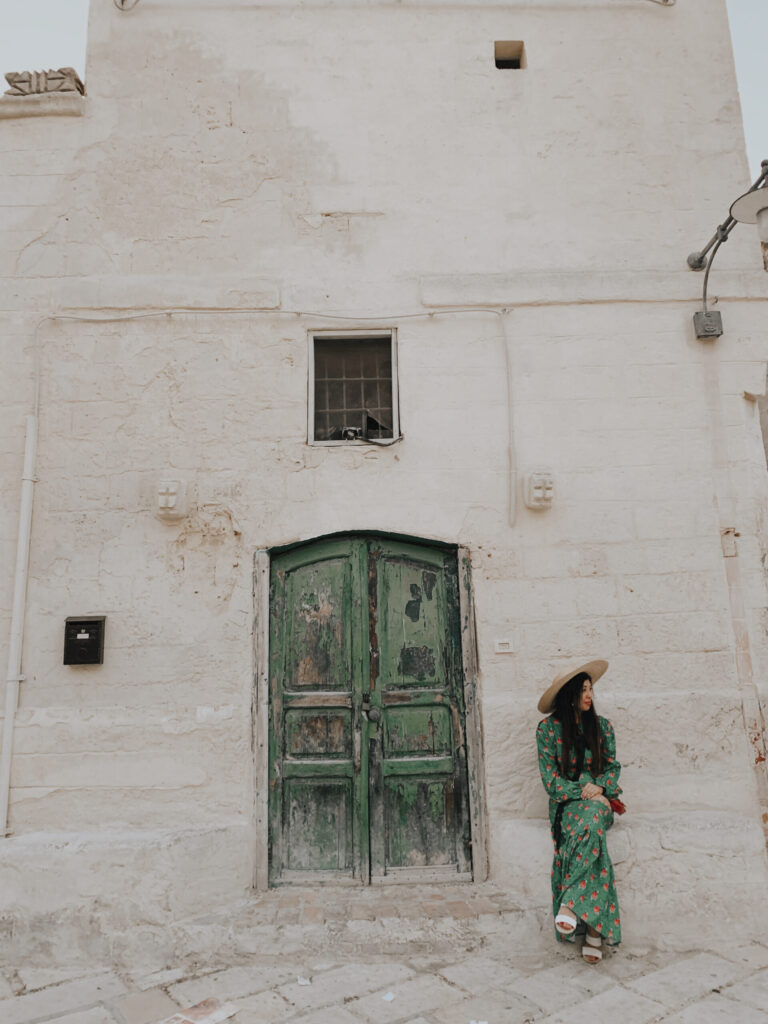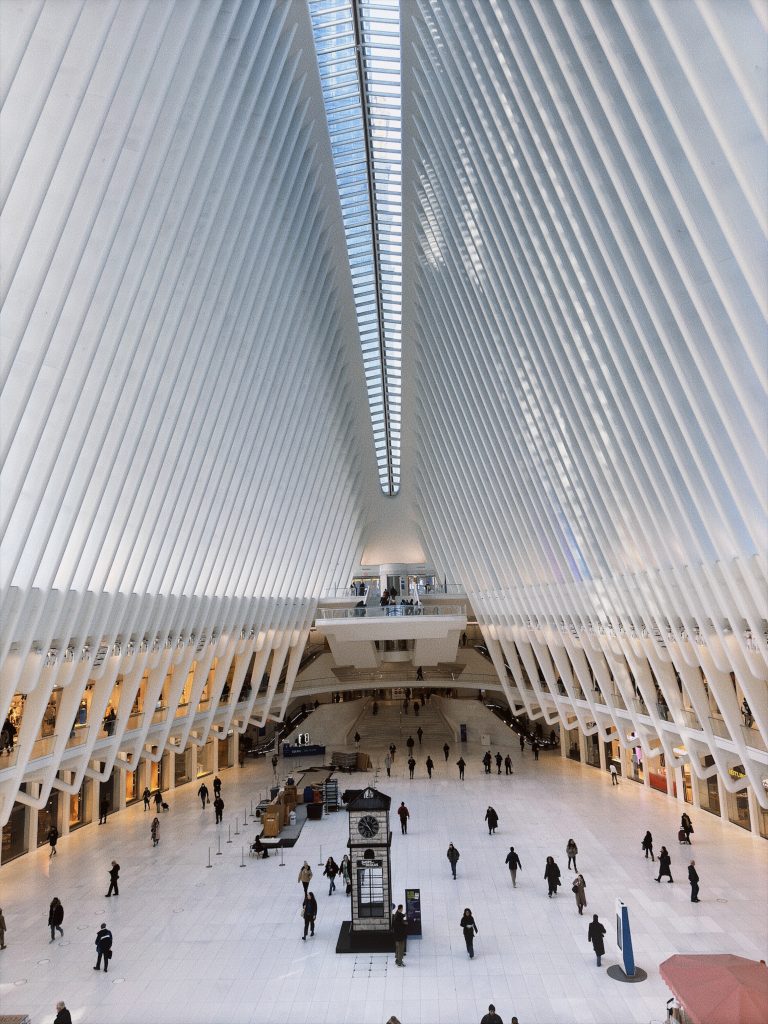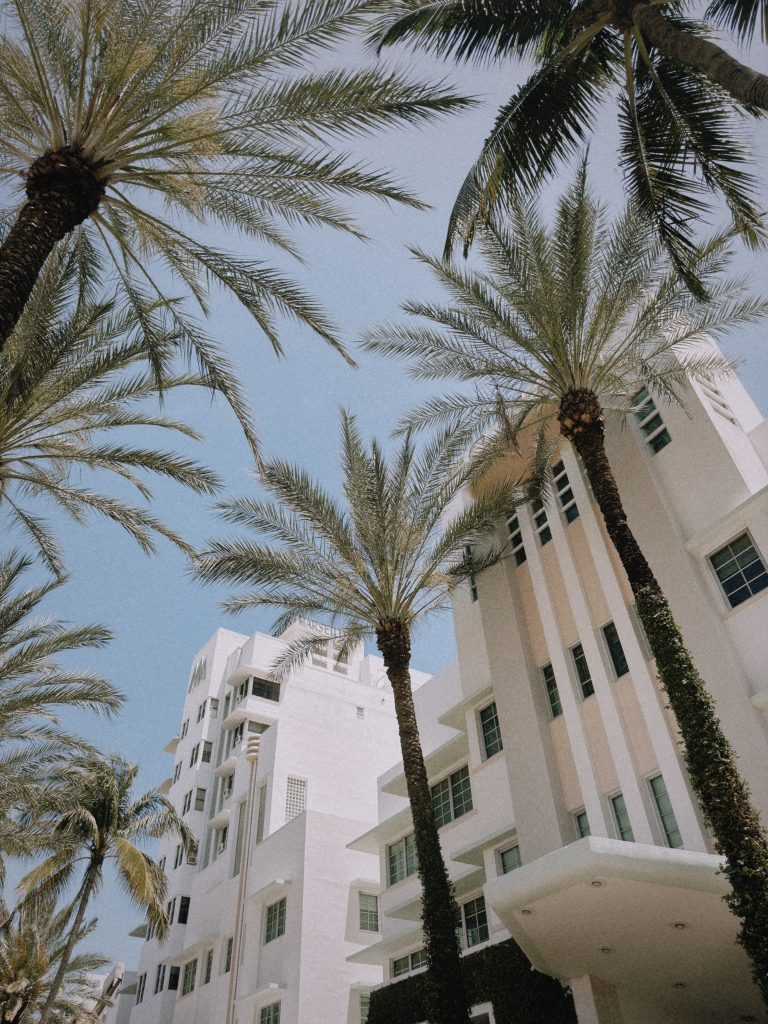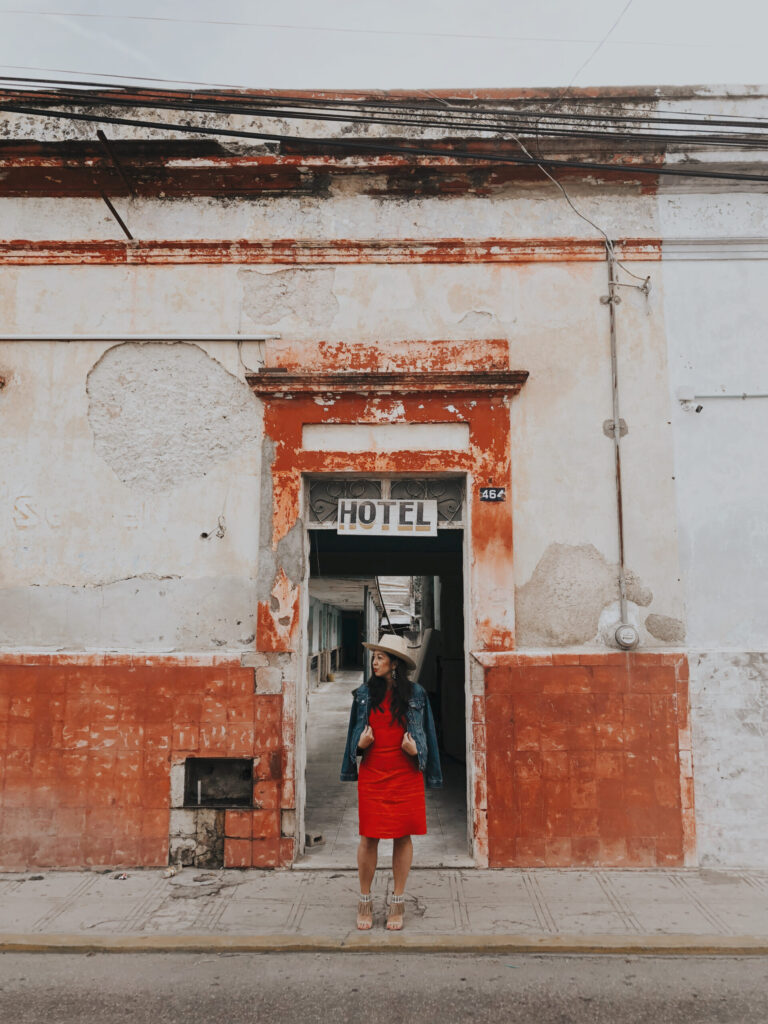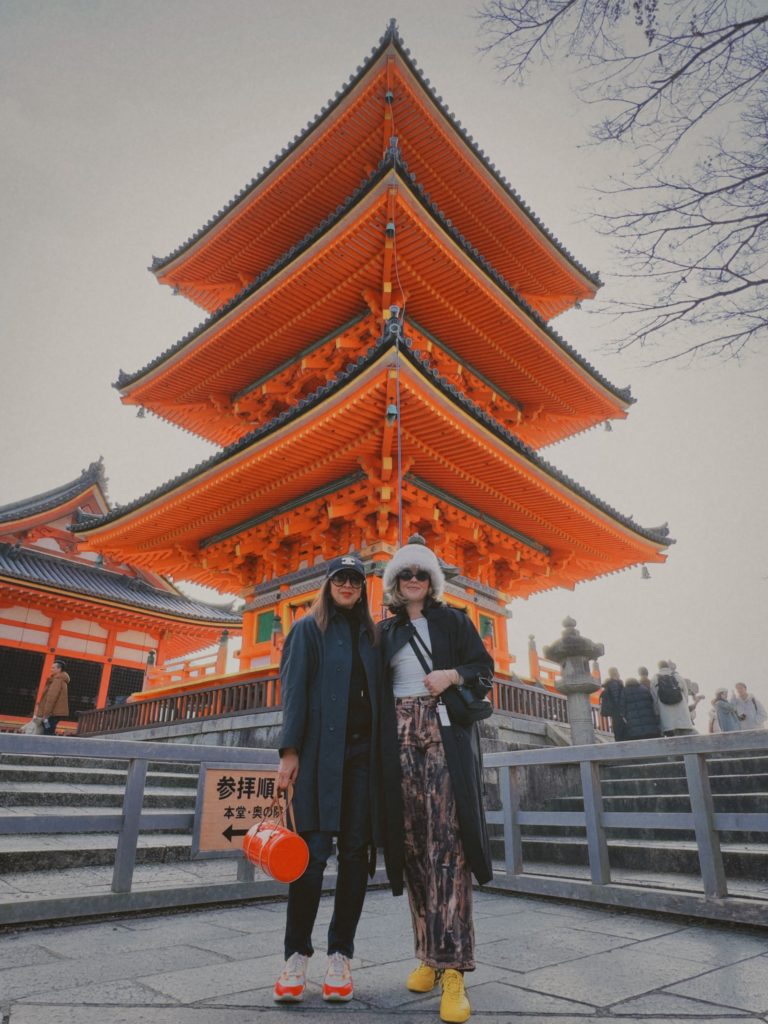The All-You-Need Guide to Matera, Italy
Tucked into the limestone hills of southern Italy, Matera is one of Europe’s most visually arresting and historically rich destinations. Once dubbed the “shame of Italy,” the city has undergone an extraordinary transformation, rising from forgotten poverty to cultural capital. With its labyrinthine Sassi districts, cave hotels, and prehistoric roots, Matera offers a travel experience unlike any other.
This two-day itinerary blends immersive history, unforgettable dining, and cave-side serenity, ideal for travelers who want to explore deeply and leave feeling inspired.

Day 1: Arrival, Exploration, and Cave Dining
Morning: Arrival in Matera
Whether you arrive by rental car or regional train from Bari, the journey into Matera is scenic and peaceful. If you’re driving, valet parking is available at many boutique hotels in the Sassi. Upon arrival, check into your cave hotel and take a moment to absorb the incredible surroundings.
Recommended stays:
- Sextantio Le Grotte della Civita – A restored monastic cave complex, both stark and serene. Breakfast is served in a candlelit 13th-century church.
- Il Palazzotto Residence & Winery – A beautifully modernized 16th-century palace offering intimate cave rooms and in-house wines from Monte Vulture.
Midday: Guided Walking Tour of the Sassi
Meet a local guide for a private two-hour walking tour of Matera’s ancient districts. You’ll explore the Sasso Barisano and Sasso Caveoso, home to churches carved directly into the rock, ancient cisterns, and modest cave dwellings that reveal the layered history of the city.
Along the way, you’ll pass rooftop terraces, winding alleyways, and hidden courtyards, where every turn offers a view worth photographing. The architecture is staggered and surreal, with rooftops doubling as walkways for the homes above.
Your guide will also explain Matera’s complex history, from its Neolithic roots to the post-war relocation of thousands of residents, spurred by Carlo Levi’s book Christ Stopped at Eboli.
Afternoon: Independent Exploration
After your tour, explore on your own. Grab a coffee in a quiet piazza or step into one of the city’s lesser-known cave museums. We recommend walking across the ravine bridge to view the Neolithic cave dwellings on the opposite cliff. The perspective offers a hauntingly beautiful contrast between past and present.
Evening: Dinner at Dimora Ulmo Ristorante
Reserve a table at Dimora Ulmo, one of Matera’s most sophisticated dining experiences. The interiors are sleek and modern, set inside a centuries-old cave, offering a bold contrast to the rugged terrain outside. The service is refined, the tasting menu inventive, and the wine list curated with care.
For a more rustic option, try a traditional trattoria tucked into a cave alcove, where local dishes like orecchiette with peperoni cruschi and lamb with wild herbs highlight Basilicata’s culinary heritage.
Overnight: Rest in Your Cave Hotel
End your night beneath a vaulted stone ceiling, in a room carved from the cliffs themselves. The silence of the Sassi after dark is profound, with just the sound of your footsteps echoing through time-worn stone.
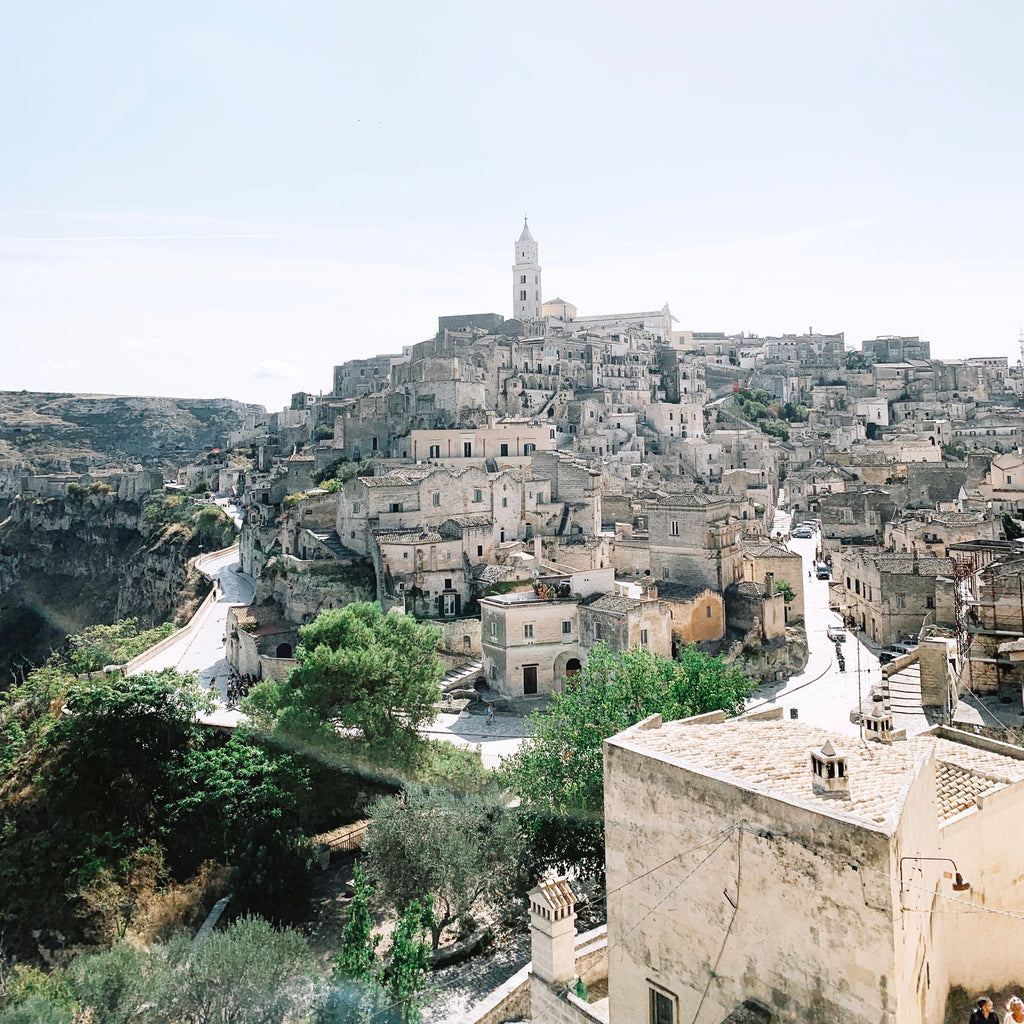

Day 2: Morning Magic, Culture, and Departure
Morning: Breakfast and Church Visits
Enjoy a leisurely breakfast at your hotel, especially if you’re staying at Le Grotte della Civita, where the scent of fresh espresso mingles with candle wax and history.
Spend the morning visiting some of Matera’s rock churches, like:
- Santa Maria de Idris – Perched atop a hill with panoramic views.
- San Pietro Barisano – The largest cave church in Matera, with haunting frescoes and a crypt once used for burial rites.
These churches are as humbling as they are beautiful, offering insight into a form of spiritual life intimately tied to the land itself.
Midday: Last Walk Through the Sassi
Before you depart, take one last walk through the ancient city. Visit an artisan’s workshop, pick up handmade ceramics, or enjoy a glass of local Aglianico wine on a terrace overlooking the gorge.
Optional: For a light lunch, stop by a café serving pane di Matera, local sourdough bread made from durum wheat and traditionally baked in wood-fired ovens.
Afternoon: Departure
Head back to your car or the Matera Centrale train station for your onward journey. If you’re driving, consider pairing Matera with a trip through Puglia, it’s a natural extension, with easy routes to Alberobello, Lecce, or the beaches of Polignano a Mare.

How to Get to Matera
By Tour: Private drivers or day tours from Bari or Alberobello are also an option for those short on time.
By Car: From Bari Airport, Matera is a 1-hour drive through quiet countryside. Many hotels offer valet service or private parking nearby.
By Train: From Bari Centrale, take the FAL (Ferrovie Appulo Lucane) commuter train. The journey takes around 90 minutes and costs ~€5. Note that trains don’t run on Sundays.

Final Thoughts
Matera is not just a city, it’s a living monument to resilience, imagination, and reinvention. With its ancient stone paths, cinematic backdrops, and quiet magic, it’s easy to see why travelers fall in love with this place.
Whether you come for the caves, the cuisine, or the quiet, 48 hours in Matera is enough to feel transported, and forever changed.
Need help planning your Matera experience? Let Nomoon Travel design a custom itinerary with private guides, boutique cave hotels, and cultural insights that make your visit seamless and unforgettable.

